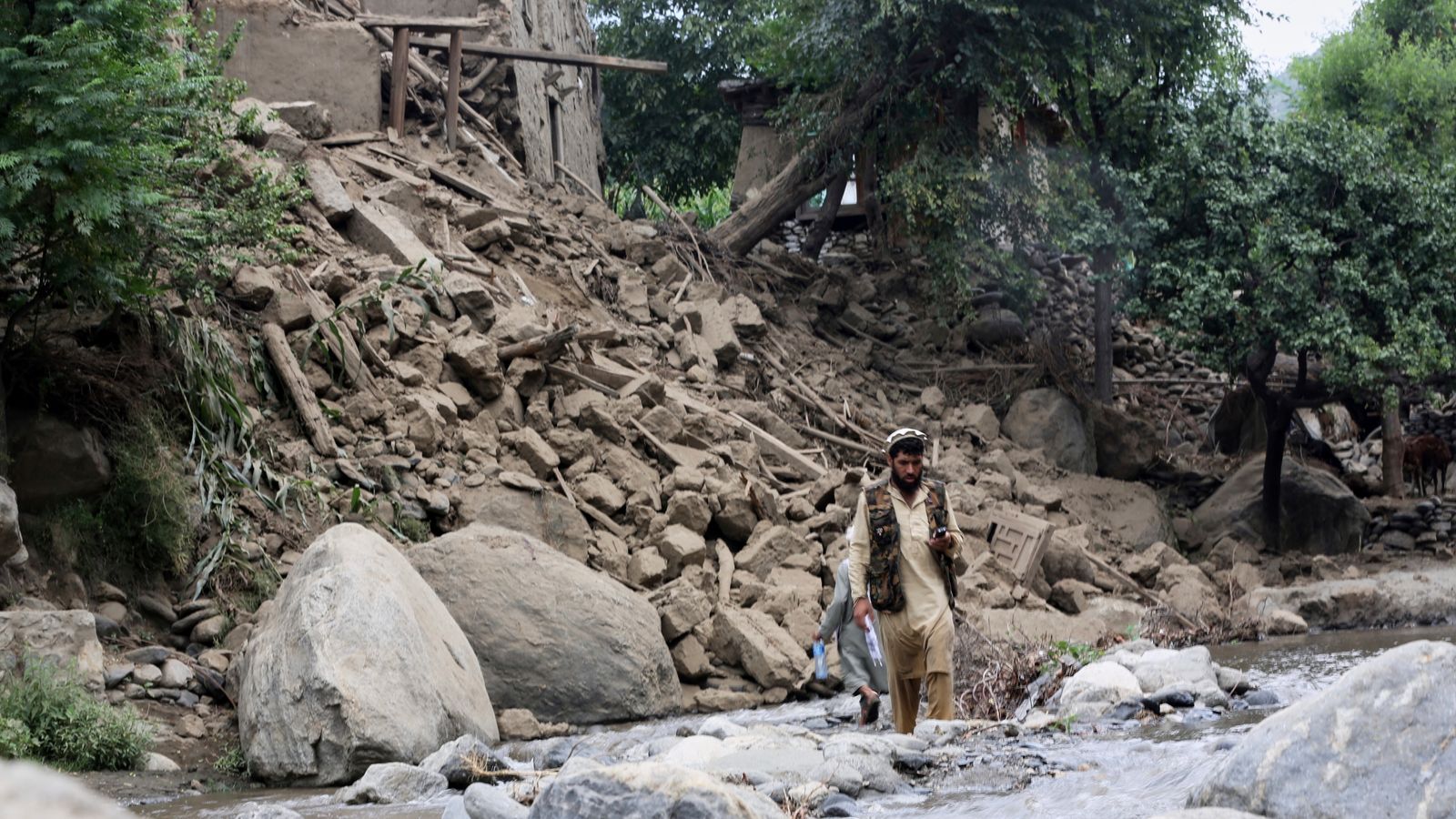
Earthquakes represent a constant danger in Afghanistan – a country which sits across three geological fault lines.
This most recent rupture near the city of Jalalabad – leaving more than 800 people dead – represents the third major quake in the past four years.
But the people of this impoverished nation are vulnerable in a number of ways.
The impact of foreign aid cuts
Since the Taliban took control in 2021, the international community has withdrawn much of the financial support which formed the bulk of government spending in Afghanistan.
Even humanitarian aid, which generally bypasses government institutions, has shrunk substantially – from $3.8bn (£2.8bn) in 2022 to $767m (£566.6m) this year.
The US government, through its international development arm USAID, provided 45% of all assistance granted to Afghanistan last year – but the Trump administration has slashed those sums.
The UK, along with France, Germany, Sweden, and others have also made deep cuts to humanitarian aid.
As a consequence, hundreds of hospitals and local health clinics in the country have been shut this year and related medical posts have been lost.
Read more from Sky News:
China, Russia, and India seek new world order
This crisis comes as the country tries to absorb millions of people who fled when the Taliban took power. More than two million have come back this year, with Pakistan and Iran taking measures to force their return.
On arrival, they discover a country where more than half the population requires urgent humanitarian assistance, according to the UN – with millions suffering from acute food insecurity.
Large parts of northern Afghanistan have been stricken with the long-term drought.
A catastrophe compounded in a nation that ranks as one of the poorest – and most desperate – on Earth.













